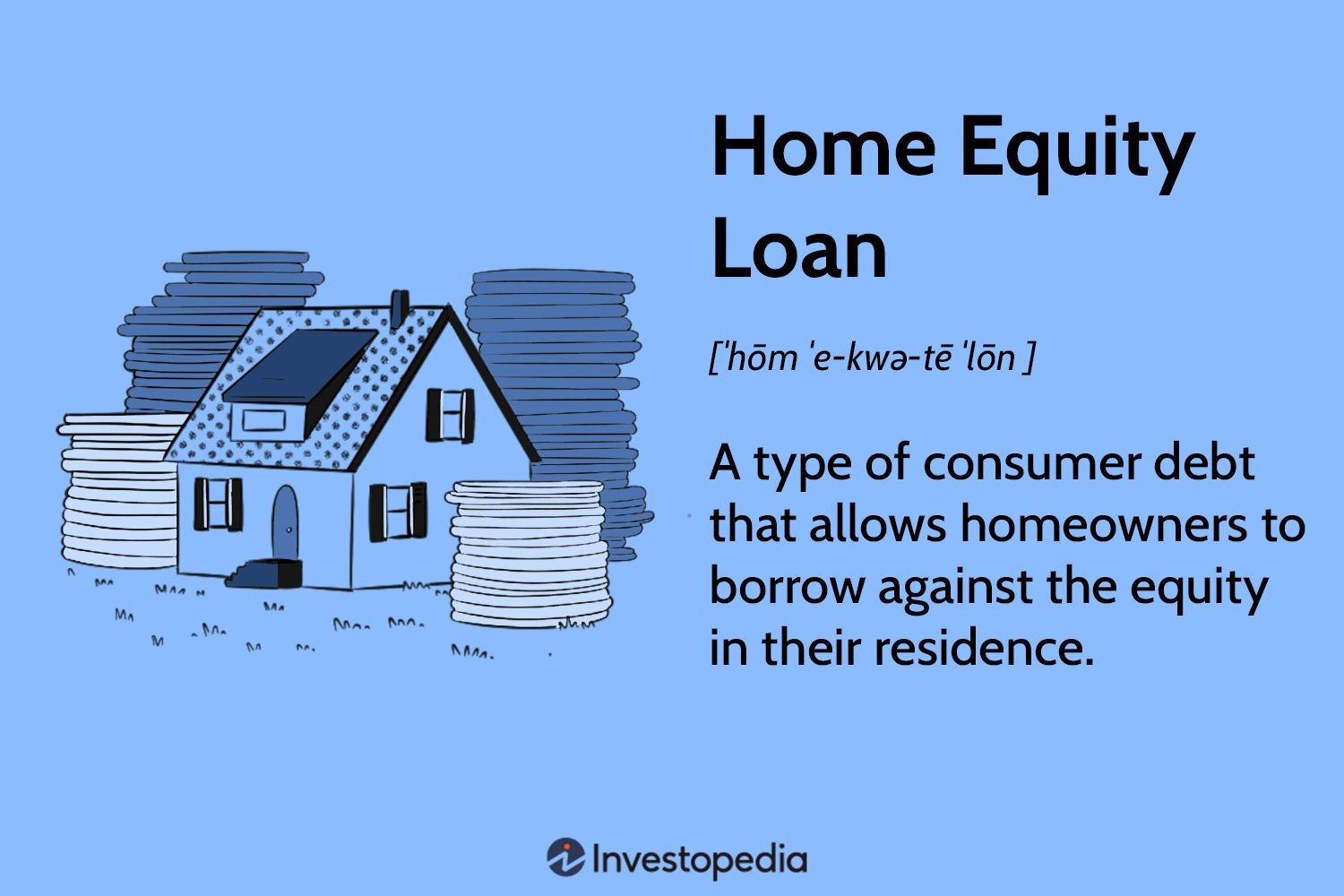Microloans, often referred to as small personal loans with big impact, have become a powerful tool in empowering entrepreneurs worldwide. These tiny loans, typically ranging from a few hundred to a few thousand dollars, may seem insignificant in the realm of traditional finance, but their impact on the lives of individuals and communities has been immense. The concept of microloans emerged as a response to the lack of access to formal financial services for millions of people in developing and underserved regions.
Contents
The Growth of Microloans Worldwide
A. Historical background of microloans:
- Early roots in traditional informal lending systems in developing countries.
- Emergence of modern microfinance in the 20th century through pioneers like Dr. Muhammad Yunus and the Grameen Bank in Bangladesh.
- Recognition of microloans as a powerful tool for poverty alleviation and economic development by the United Nations and other international organizations.
B. Emergence of microfinance institutions:
- The establishment of specialized microfinance institutions (MFIs) to provide microloans to underserved communities.
- Role of non-governmental organizations (NGOs) and community-based organizations in promoting microfinance.
- Integration of microfinance into the formal banking sector in some countries.
C. Key players and organizations supporting microloans:
- Grameen Bank and Dr. Muhammad Yunus’ Nobel Peace Prize recognition in 2006.
- World Bank’s initiatives and funding for microfinance projects.
- Kiva.org and other online crowdfunding platforms facilitating peer-to-peer lending for microloans.
- National governments and central banks implementing supportive policies and regulations.
D. Global reach and impact of microloans:
- Expansion of microloan programs to various regions, including Asia, Africa, Latin America, and parts of Eastern Europe.
- Statistics on the number of microloan recipients and their positive economic and social outcomes.
- The role of microloans in addressing specific development goals, such as gender equality and rural development.
E. Challenges faced in scaling microloan programs:
- Limited funding and resources for microfinance institutions.
- Ensuring responsible lending and avoiding over-indebtedness among borrowers.
- Managing risks associated with lending to vulnerable populations.
How Microloans Empower Entrepreneurs
Microloans have proven to be a powerful catalyst in empowering entrepreneurs, especially those who face financial exclusion and limited access to traditional banking services. Here are some ways in which microloans have a transformative impact on entrepreneurs worldwide:
A. Access to capital for underserved communities:
- Microloans bridge the gap for individuals and small businesses who lack collateral or credit history required for traditional loans.
- Entrepreneurs from marginalized communities, including women, rural residents, and minorities, gain access to the funds they need to start or expand their businesses.
B. Fostering entrepreneurship and job creation:
- Microloans nurture a culture of entrepreneurship, encouraging individuals to pursue their business ideas and aspirations.
- Small businesses fueled by microloans create jobs, generating employment opportunities in local communities and contributing to economic growth.
C. Empowerment of women and marginalized groups:
- Microloans play a significant role in empowering women entrepreneurs, enabling them to take control of their economic destiny and challenge gender inequalities.
- Minorities and disadvantaged groups also benefit from microloans, breaking barriers and reducing socio-economic disparities.
D. Promoting sustainable development and poverty reduction:
- Microloans contribute to poverty reduction by empowering individuals to generate income and improve their living standards.
- Entrepreneurial activities supported by microloans often have positive impacts on the environment, fostering sustainable practices and local development.
E. Encouraging innovation and creativity:
- With access to capital, entrepreneurs can invest in research and development, leading to innovative products and services that address local needs.
- Microloans empower creative minds to turn their ideas into reality, driving a culture of innovation in developing regions.
Success Stories of Microloan Recipients
Maria’s Handcrafted Jewelry (Philippines):
Maria, a talented jewelry maker from a small village in the Philippines, had a dream of starting her own business. However, she lacked the capital to purchase materials and tools. With the support of a local microfinance institution, she obtained a microloan that enabled her to buy raw materials and expand her product range. Today, Maria’s handcrafted jewelry is sold in local markets and online, and she has hired other women from her community, empowering them with employment opportunities. Maria’s success story has not only transformed her own life but also contributed to the economic growth of her village.
Ahmed’s Food Truck (Egypt):
Ahmed, a young aspiring chef in Cairo, wanted to start his own food truck business to share his love for Egyptian cuisine with locals and tourists. However, traditional banks deemed his venture too risky and were unwilling to lend to him. Ahmed turned to a microfinance organization that specialized in supporting small businesses. With a microloan, he purchased a food truck and cooking equipment. His delicious and affordable dishes quickly gained popularity, and Ahmed’s food truck became a hit in the bustling city. The success of his business allowed him to hire a few employees, positively impacting his community and proving that microloans can empower even unconventional entrepreneurs.
Beatrice’s Tailoring Workshop (Kenya):
Beatrice, a single mother in a rural Kenyan village, had sewing skills passed down from her grandmother. She dreamed of starting her own tailoring workshop to support her family. However, she lacked the funds to buy sewing machines and materials. Through a microloan from a local microfinance institution, Beatrice was able to set up her workshop and start taking orders for clothing repairs and custom-made garments. Her dedication and quality work soon gained her a loyal customer base. As her business flourished, Beatrice became a source of inspiration for other women in her village, showing them that with determination and a small financial boost, they too could achieve their dreams.
Sustainable Farming in Honduras:
A group of farmers in rural Honduras came together to create a sustainable farming cooperative, but they faced challenges in securing funds to purchase seeds and equipment. With the assistance of a microfinance organization focused on agricultural development, they secured a group microloan. The funds enabled them to implement modern farming practices, which increased their yields and improved the quality of their produce. As the cooperative thrived, they were able to access larger markets and export their products. The success of the cooperative not only improved the farmers’ livelihoods but also contributed to food security in the region.
Conclusion
Microloans have proven to be a transformative force in empowering entrepreneurs and uplifting communities worldwide. These small personal loans, backed by the principles of financial inclusion and social development, have unlocked the potential of countless individuals who were previously excluded from the formal financial system. Through access to capital and support, microloan recipients have turned their innovative ideas into successful businesses, creating jobs, fostering economic growth, and reducing poverty.






Review & Discussion